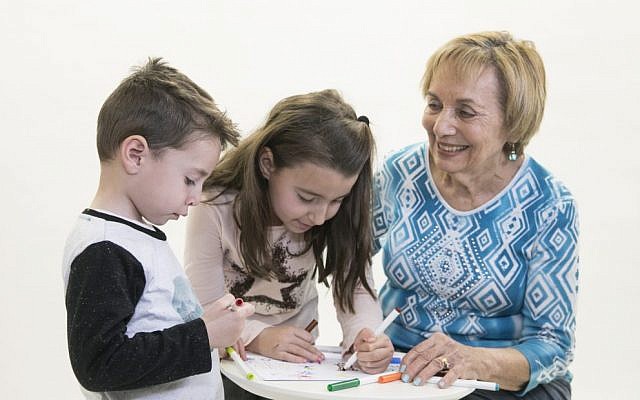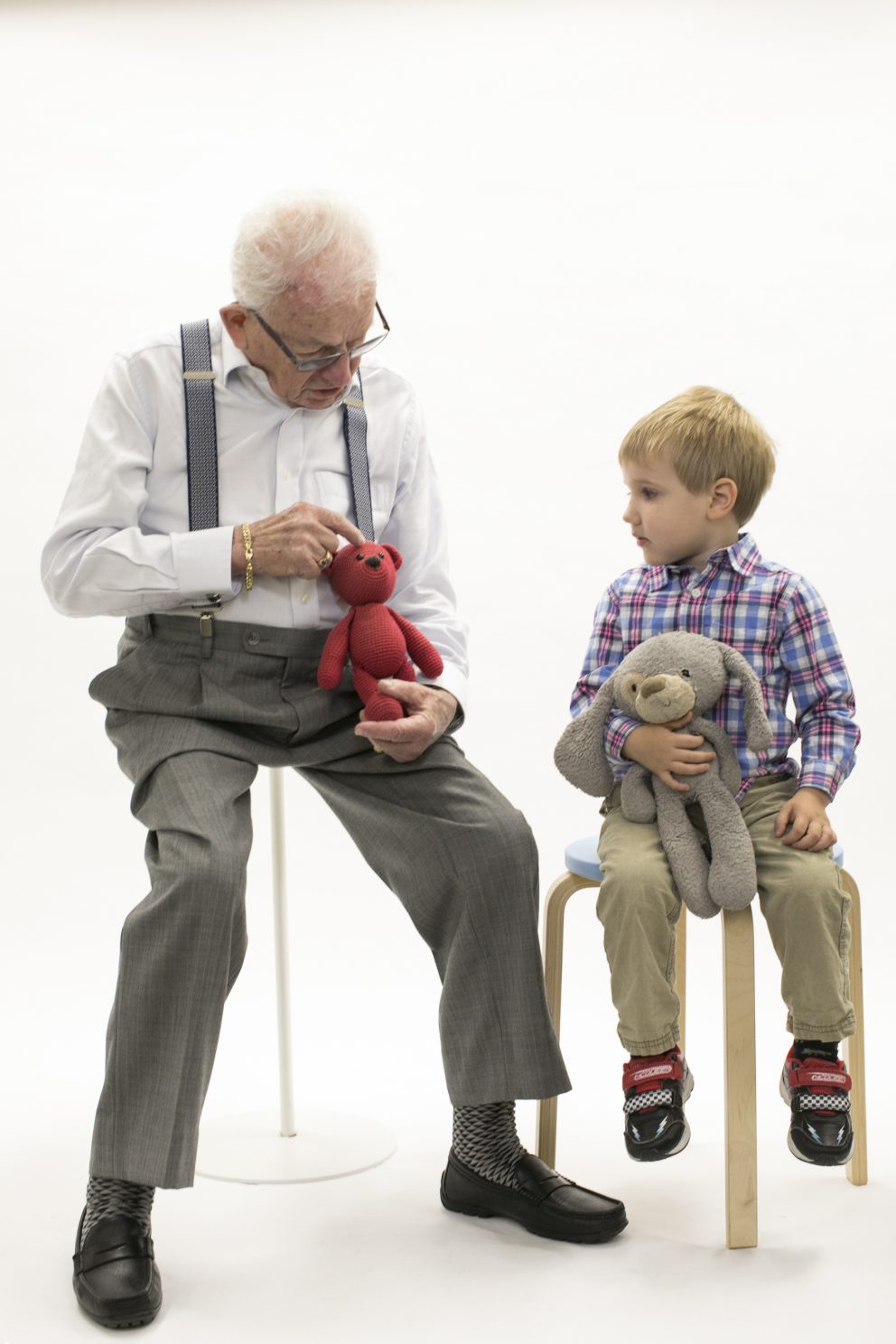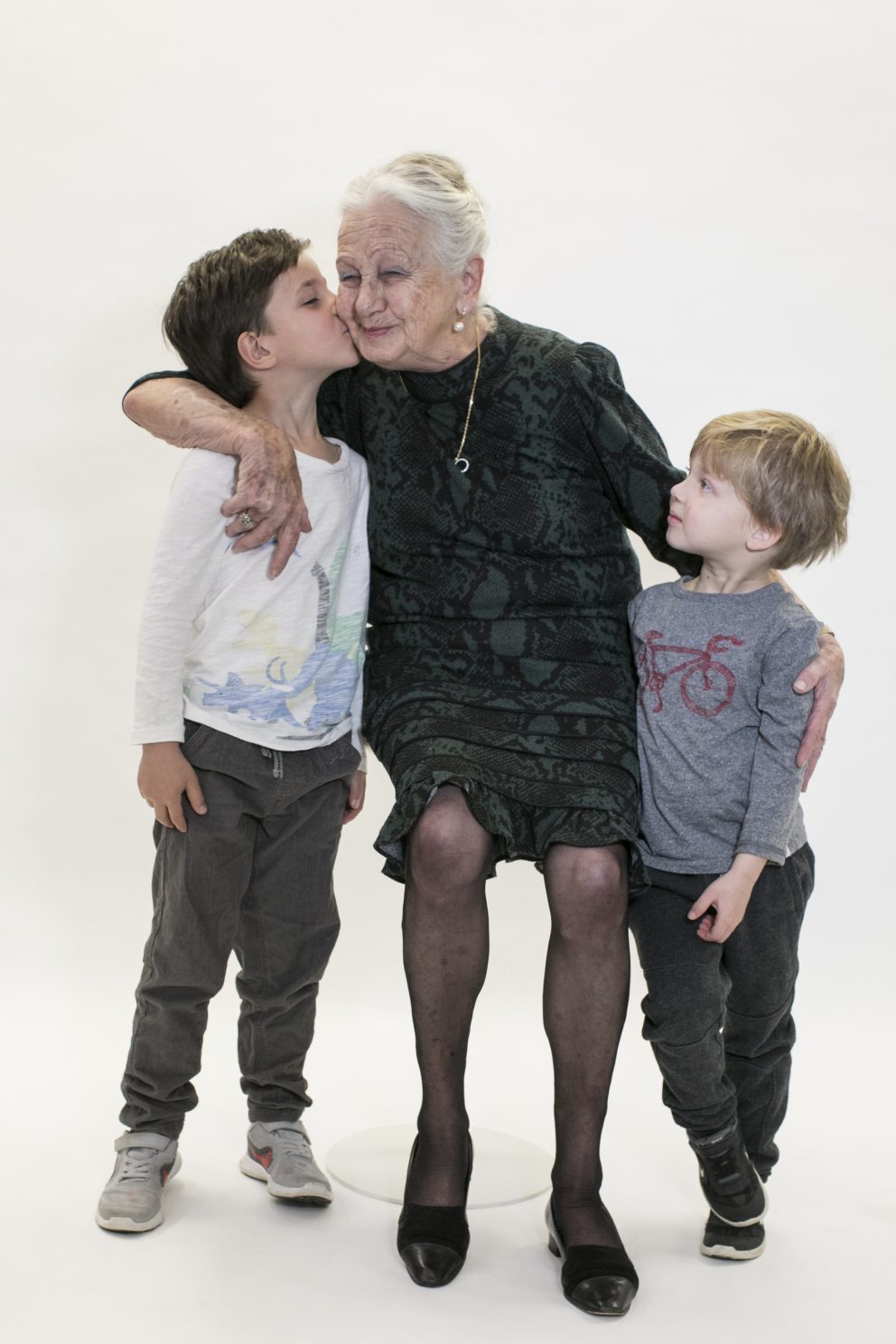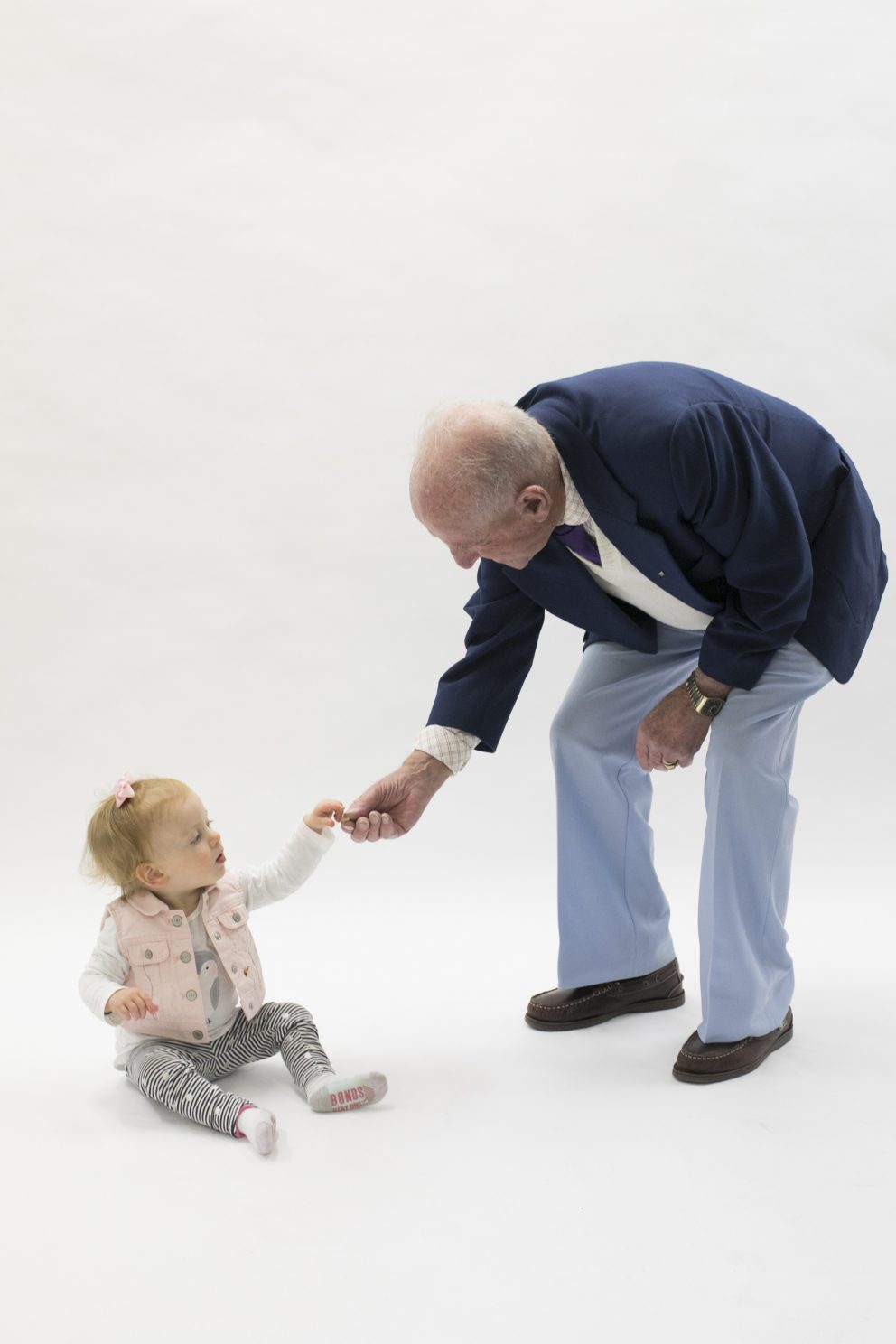Survivors of today give messages for tomorrow
How can we help the next generation feel connected to the Holocaust if they never have an opportunity to hear a survivor’s testimony first-hand? I Met a Survivor, a new book launched by the Sydney Jewish Museum, offers an approach to address this question.
How can we help the next generation feel connected to the Holocaust if they never have an opportunity to hear a survivor’s testimony first-hand? I Met a Survivor, a new book launched by the Sydney Jewish Museum, offers an approach to address this question. Sophie Deutsch and Ella Gilad report.
“SHE was in this huge war. She was a little girl, younger than me. I would be pretty scared if I was her.”
At the age of nine, Alexis Chiert has not yet learnt much about the Holocaust, but the significance of meeting a survivor who has witnessed and risen above such incomprehensible tragedy was not lost on her.
“It was a great experience for me because I’ve never met anyone who has been through something as terrible as that,” said Alexis. “I think it’s important to meet them because without knowing the story of what happened, I wouldn’t have known anything about what happened to these people.”
During the precious moments that Alexis and her six-year-old brother, Josh, spent with Kitty Lowinger, a warm and familiar energy flowed between them.
“She was really kind and she loved playing with us, and she wanted to get to know me very well,” reflected Alexis. “My brother is too young, so he doesn’t really understand much but I think he really loved it.”
For Kitty too, the experience is one she holds close to her heart. “Having never met them before, it was just amazing how we warmed to each other almost as though we knew each other,” said Kitty. “We had a really good rapport, the three of us.”
United by a common bond of Jewish pride, Kitty felt immediately comfortable with them, and they with her.
“I was really happy with the way the children reacted, and I think it just shows that there is something deep inside that connects Jewish people.”
ALEXIS and Josh’s interaction with Kitty two years ago is an experience they will always remember – not least because the beautiful photographs captured of them by award-winning photographer Nadine Saacks form part of the book, I Met a Survivor.
Recently launched by the Sydney Jewish Museum (SJM), the powerful book features photographs of 52 Holocaust survivors with young children, abridged versions of the survivors’ stories, and inspiring messages left by each survivor to the children they met.
Accompanying the photos of Kitty, Alexis and Josh are the impactful words: “Choose to be a survivor and never a victim. Stand up to bullies and for anyone who is being bullied.”
Over conversation and colouring in, Kitty expanded on this broader lesson of the Holocaust with Alexis and Josh – a theme she is well versed in addressing as a long-standing volunteer at the SJM, teaching schoolchildren about the Holocaust.
“Take charge of any situation and do the best you can with it. I think that’s the kind of attitude I’d love the children to know. That no matter what the world deals to them, they can still take control of how they react to it.”
As the number of survivors dwindles, the next generation will soon reach an age when they will seek a greater understanding of the Holocaust.
By that stage, it may be too late to meet a survivor and hear their testimony, making it pressing to capture these moments now.
“They’ll always remember the photo shoot, and one day when they learn about the Holocaust, they will be able to say, ‘I met a survivor’,” remarked Alexis and Josh’s mother, Elyse.
“Alexis just met a beautiful lady, whom she had a beautiful interaction with, and she knows she had a tough life, and was involved in the war, and that’s it. And that’s the whole point of this book.”
The significance of real-life encounters in strengthening Elyse’s own connection to the Holocaust became her source of inspiration – not just to involve her kids in the initiative, but to conceive of the whole concept initially.
GROWING up in South Africa, Elyse’s interactions with Holocaust survivors were few and far between.
“We learnt about the Holocaust, but coming here and being surrounded by survivors regularly and hearing their stories made it more real,” she said.
On moving to Sydney in 2004, Elyse found herself deeply moved after reading Auschwitz to Australia: A Holocaust Survivor’s Memoir by Olga Horak, who she then happened to meet in a serendipitous encounter.
“Because I work at the JCA, I entered the building and I met Olga in the lift. I said, ‘Oh my goodness, Olga, I just read your book and I have to give you a big hug.’
“Just being able to say, ‘I think you’re amazing,’ was a very powerful moment.”
The sheer power of this interaction planted the seed for Elyse’s project, which soon grew into a wide-reaching initiative, involving many families and blossoming across different generations.
“I thought of my kids learning about the Holocaust and not having survivors around when they are learning about it – not hearing first-hand from a survivor about their experience, not seeing a tattoo on a survivor’s arm – and how that will affect their learning and their experience.”
After approaching the museum in 2017 with her idea, the process of piecing together each element began soon after. Every Sunday morning for six months, Elyse, photographer Nadine, and the SJM’s manager of community stories Jacqui Wasilewsky, organised photo shoots with the survivors, and children not previously known to them.
“When the survivors and the families met on the day of the photo shoot we were completely overwhelmed by the support, excitement, passion and engagement that was created,” remarked Elyse. “For a lot of families – actually for most of them – they hadn’t been to the museum, they hadn’t brought their kids to the museum, and they hadn’t thought about how to start conversations about the Holocaust with their kids.”
Showcasing a beautiful spectrum of photos, I Met a Survivor provides a platform from which to begin discussions with children about a confronting and frightening topic – but one that we carry a burden to pass down and never forget.
“Parents often don’t know when is the right time to talk to their kids about the Holocaust … I think this just starts the conversation,” Elyse remarked.
LOOKING at photos of survivors next to children celebrating the joyful freedom of their youth, it’s hard not to think of the innocence stripped from many children when the Holocaust came to their doorstep.
In Kitty’s instance, by the time she arrived in Australia in 1949, there had barely been life without war.
Growing up in Budapest, Kitty’s first memory of wartime horror is from her third birthday.
“I was about to blow out the three birthday candles when the Nazis burst in and grabbed my grandfather and took him,” Kitty remembered solemnly. “Later they took my mother while I was clinging to her, screaming ‘mummy, mummy’, and they dragged her away.”
As I Met a Survivor tells, Kitty’s mother was bound for a death camp when she managed to escape, before being reunited with her daughter in Budapest.
Together they lived out the war in hiding. While colouring in pictures with Alexis and Josh, Kitty found herself pondering over her own childhood – much of it bereft of colour and light.
“Alexis is about my age when it was all over, and my mother started to plan about escaping … They are having such a lovely childhood and I hope they never have a childhood like I did.”
Passionate about teaching the universal lessons of the Holocaust to the next generation – both as a volunteer at the SJM, and through her recently published book, Tika’s Amazing Journey, which is written from the perspective of a seven-year-old for children of the same age – Kitty’s own sense of purpose was enhanced through her participation in the project.
“People say what I am doing is important but I actually saw an example of how important it is,” she commented.
“I think it’s important that the children and the future generations don’t just learn the cold facts of history but that they learn that these were actually human beings, and this is part of their heritage … I don’t think you can ever be too young to learn that it’s important to be proud of who you are.”








comments